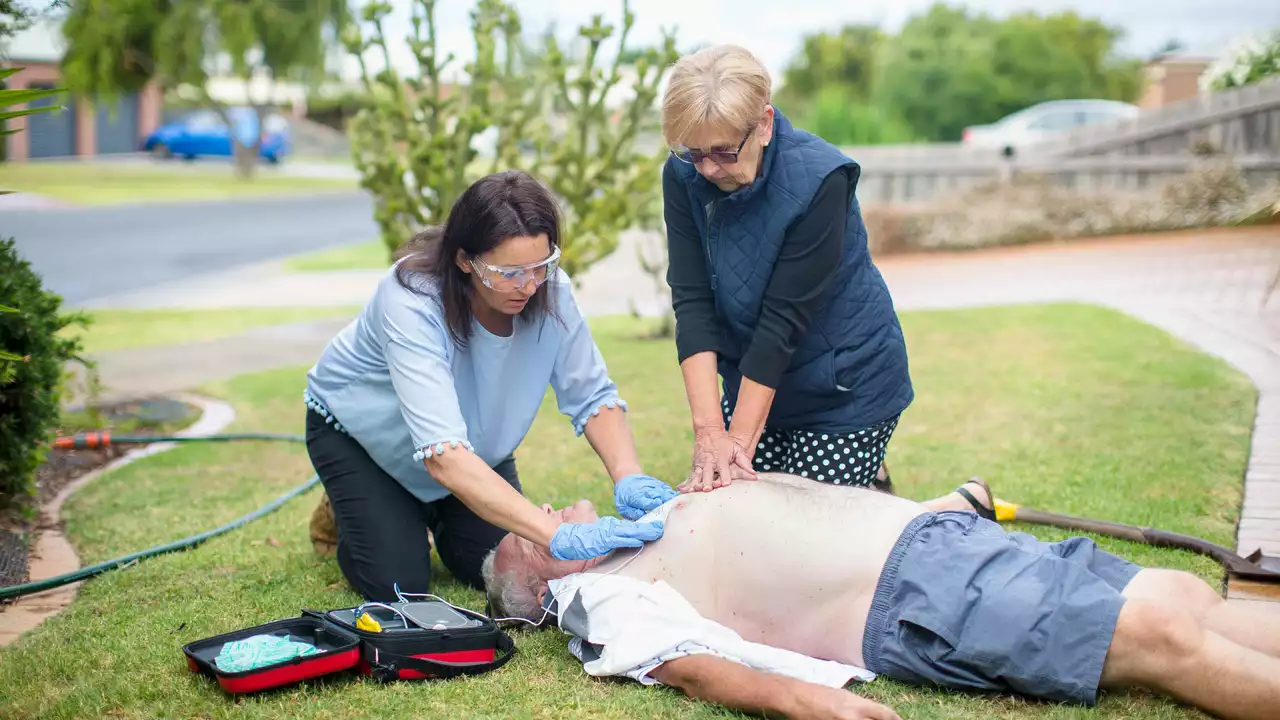Understanding Sudden Cardiac Arrest
Before diving into how to survive a sudden cardiac arrest alone, it's imperative to understand the gravity of this medical emergency. Sudden cardiac arrest is a condition that arises unexpectedly and rapidly. It is characterized by the loss of heart function, breathing, and consciousness. It's not the same as a heart attack, although many people confuse the two. A heart attack happens when blood flow to a part of the heart is blocked, while sudden cardiac arrest occurs when the heart's electrical system malfunctions.
Recognizing The Symptoms
Being able to recognize the signs of a sudden cardiac arrest could buy you the precious seconds needed to react appropriately. These signs include sudden collapse, no pulse, no breathing, and loss of consciousness. In some cases, a person might experience chest discomfort, shortness of breath, or nausea before the cardiac arrest. Awareness is key in responding promptly and correctly.
The Importance of Calling For Help
If you're experiencing symptoms of sudden cardiac arrest, the very first thing you should do is call for emergency medical assistance. Even if you're not completely sure, it's better to be safe than sorry. If you're alone, try to stay on the line with the operator who can guide you through the steps to take while waiting for the medical team to arrive.
Performing Hands-Only CPR
While waiting for medical help, start performing hands-only CPR. This is a temporary measure that can help keep blood flowing to your brain and other vital organs. Push hard and fast in the center of your chest to the beat of a familiar song that has 100 to 120 beats per minute. Songs like "Stayin' Alive" by the Bee Gees or "Crazy in Love" by Beyonce can help you maintain the right rhythm. Even if you're not perfectly accurate, some CPR is better than none.
Using an Automated External Defibrillator
If there's an automated external defibrillator (AED) nearby, use it. AEDs are designed to be user-friendly, with clear instructions that anyone can follow, even under stress. They analyze the heart's rhythm and deliver a shock if needed. They are often located in public places like shopping malls, gyms, and airports.
Staying Calm
It's easier said than done, but staying calm can be a lifesaver in such situations. Panic can cloud your judgment and prevent you from taking the necessary steps to survive. Take deep breaths, reassure yourself, and try to maintain a clear head. Remember, every second counts.
Prevention and Risk Factors
Sudden cardiac arrest can't always be prevented, but knowing the risk factors can help you reduce your chances of experiencing it. Factors such as a family history of heart disease, smoking, high blood pressure, high cholesterol, obesity, and a sedentary lifestyle can increase your risk. Regular check-ups and a healthy lifestyle go a long way in preventing cardiac emergencies.
Training and Education
Learning CPR and how to use an AED can make a big difference, not just for you but for those around you. These are skills that can save lives, and they're worth investing your time in. Many organizations offer CPR and AED training courses, and I highly recommend taking advantage of these resources.
The Aftermath of Sudden Cardiac Arrest
Surviving a sudden cardiac arrest is just the first step. There's usually a recovery period afterwards that involves rehabilitation and sometimes surgery. It's also important to address the emotional impact of such a traumatic event. Remember, it's okay to ask for help and lean on your support system. You're not alone in this journey.
